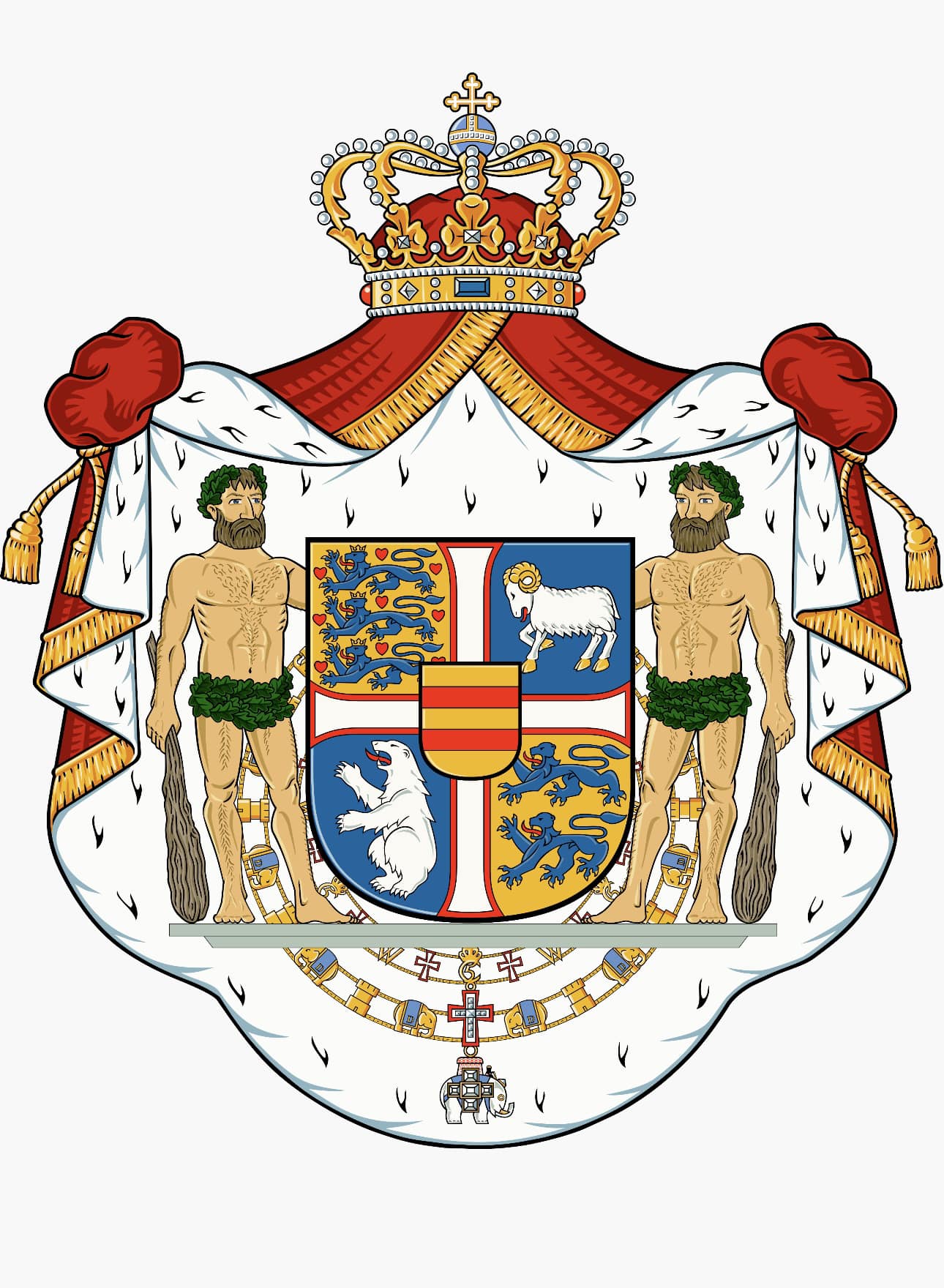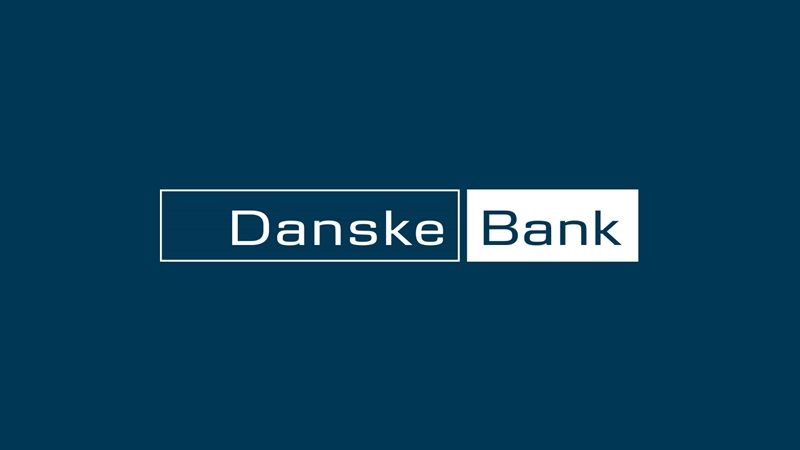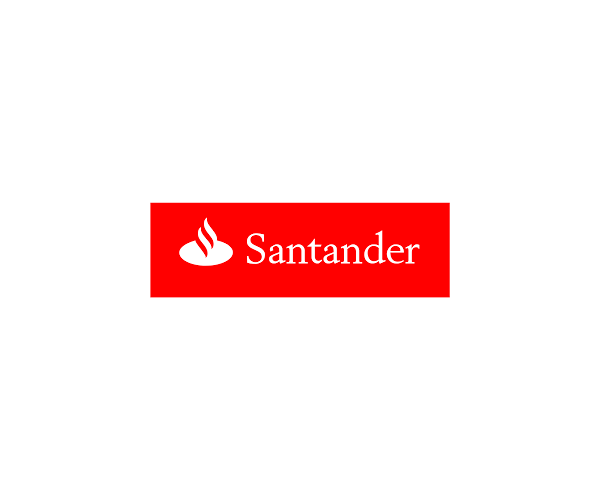SAS may have already started to reverse its fortunes following a drastic saving plan in November that will save it 2.8 billion kroner annually.
According to the Association of European Airlines, SAS’s passenger numbers grew by 6.5 percent this year compared to the European average of 4.6 percent.
SAS’s relative growth has been even more rapid in recent months as traffic across Europe slowed while SAS’s passenger numbers remained stable.
“SAS’s advantage is that the company operates mostly in the part of Europe least affected by the economic crisis,” Jacob Pedersen, a senior analyst at Sydbank, told Jyllands-Posten. “The Nordic region and Northern Europe have not been as affected by the debt crisis as Southern Europe where airlines have been having a harder time.”
Pedersen is also impressed that the company was able to successfully raise ticket prices after several years of falling prices.
“It’s positive that SAS has managed to increase traffic despite the company’s great challenges and the several weeks of uncertainy over its future,” Pedersen said. “But SAS still needs to prove that it can earn money.”
Pedersen added that he expected the company to post a profit when it announces its earnings for this financial year, which ended in October.
The savings plan was agreed in November after tense negotiations with staff and unions about accepting essential pay cuts − without which the company would not have been able to make the savings.
Following the deal, SAS announced it would aggressively expand its traffic capacity with 45 extra routes, particularly during the summer months, which would put it in direct competition with low cost carriers such as Norwegian and Vueling.















